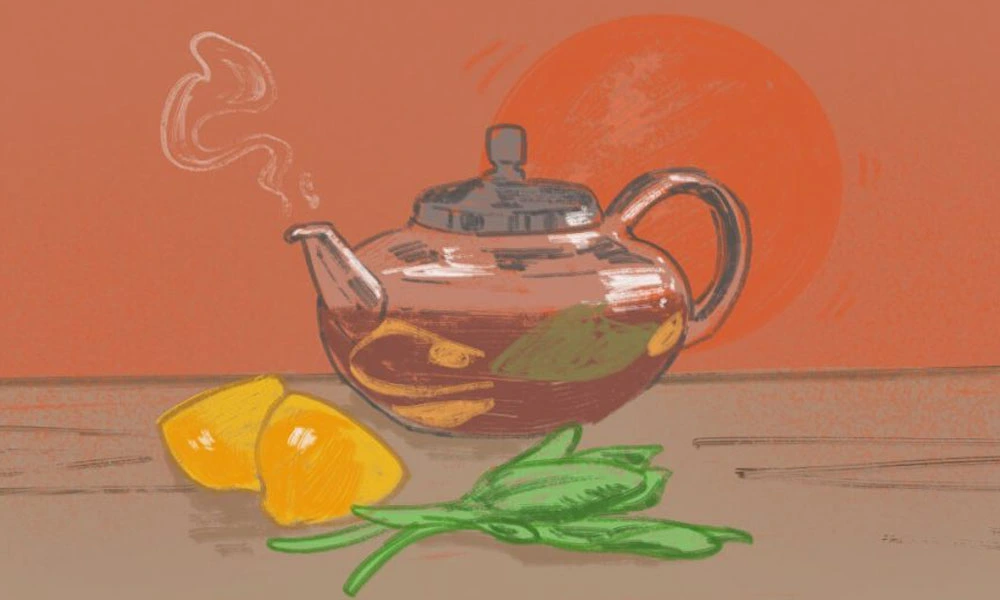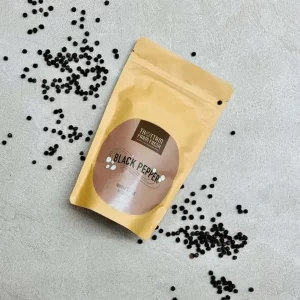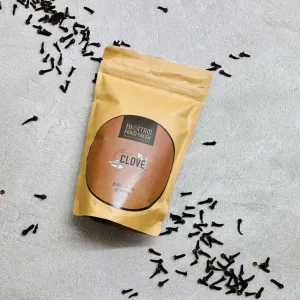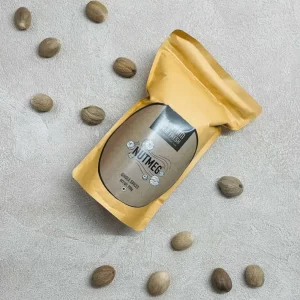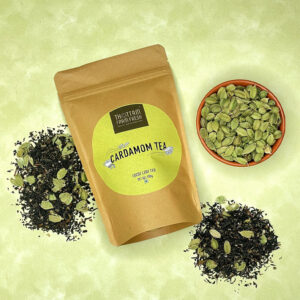“There are few hours in life more agreeable than the hour dedicated to the ceremony known as afternoon black tea.” ~ Henry James
And to call it a ceremony, Sir Henry must be quite fond of everything tea-sipping entails!
So what is tea, really? And why is it so important to the Western lifestyle? Well, for starters tea is fundamentally different in Western and Eastern cultures. In the West, the tea that is widely consumed is actually black tea. The very popular English Breakfast tea and Earl Grey teas we come across are actually made from black tea leaves. So let’s dig deeper into this fascinating breed of black beauty –
Origin Of Black Tea
The origin of tea lies in China, where the green counterpart (that we call green tea) is known to be more popular. Black tea is the more oxidized version of tea, generally stronger in its flavor. In fact, as tea culture rapidly spread outward from China, it was discovered that black tea retains flavor and freshness better when left alone for longer, making it essentially the better companion during long journeys as compared to its green tea cousin. By fair consequence, black tea’s ability to remain intact over long periods made it an important export prospect for China. To this day, most of the black tea China produces is exported out of the country.
In Europe, tea first came in with the Dutch, England being the focal point of arrival. Thereafter, its popularity skyrocketed as American colonies in England continued to relish it in the 1700s. By the 1800s, the English annual consumption of tea stood to be about 2½ pounds per capita!
As Alice Walker put it, “tea to the English is really a picnic indoors.”
Processing
Of course, all tea originates from the same plant – Camellia sinensis. What determines whether the tea is green or black is how the plant’s leaves are processed.
In the case of black tea, the leaves are allowed to oxidize completely during the production process, before they are heat-processed and dried. The increased interaction with oxygen is what lends the leaves a rich dark brown to black color. Green tea leaves, on the other hand, when processed, are only allowed minimal oxidation, lending them a fresh-picked flavor and a much lighter color.
Black tea processing entails two principal methods; one slightly more orthodox, and the other not as much. The orthodox method is more time-consuming – leaves are allowed to remain whole or are only partially broken during the processing, and are rolled in a variety of ways right after they have been plucked and withered to reduce moisture. Post-rolling, they are oxidized to create color and flavor and are then heated to stop the oxidation before being graded for quality.
The other method, widely known as the non-orthodox method, is a sped-up version of the production process; it involves cutting the leaves into finer pieces instead of rolling them. The leaves, now smaller because of the cutting, are more quickly oxidized, producing a bold, consistent flavor. Because of the small size, the cut pieces are also easy to fit into commercial tea bags, which invariably are much more popular with consumers.
Recipes
Black tea is extremely popular around the world. India, Sri Lanka, and Africa are three of the largest producers of black tea today. Some of the most popular styles of black tea include Assam tea, Darjeeling tea, Ceylon tea, and Kenyan tea. Brewed black tea can range in color (from amber to dark brown) and flavor profile (from savory to sweet) – it is these unique variations that determine its ultimate smoothness in taste.
Black tea is very easily paired with Western foods, and a wide range of recipes incorporating its use in beverages is largely prevalent, including the following three –
Tea Cocktails
Infusing vodka with tea, alongside some simple syrup is not an uncommon practice. Even health-wise, black tea vodka may turn out to be a healthier alternative to regular vodka. To make black tea vodka, you will need 750 milliliters of neutral-tasting vodka and 6 level teaspoons flavored or unflavored black tea leaves. Funnel the tea leaves – crushed – into the bottle of vodka, cap the bottle, shake it well and steep the mixture for about 18 hours. Strain it out and you’re good to serve straight or on the rocks!
Blueberry Smoothie
Who says tea needs be consumed only hot when you can make smoothies with tea? To make this smoothie, you’ll need to combine black tea with almond milk, maple syrup, cranberry juice, yogurt, banana, red beets and ice in a blender. Add to that, of course, the main ingredient of interest (i.e. blueberry, in this case) and you have yourself a fantastic blueberry smoothie!
Hot Toddy
Hot Toddies are warm, wintertime drinks that make you feel fuzzy inside and wipe away all your winter blues. Often taken as a remedy for coughs, colds and the flu, a hot toddy is a pleasingly sweet and aromatic drink. To make a hot toddy with tea, you’ll need a cup of water, with a tablespoon of organic honey and black tea added respectively. Add to that 1 wedged lemon and 2 ounces of brandy (or rum), and you have yourself a pleasant, warm remedy to life’s problems!
Now you know black tea like the back of your hand and can walk right up to your kitchen counter to start putting together various interesting recipes yourself. Time to make the most of tea!

